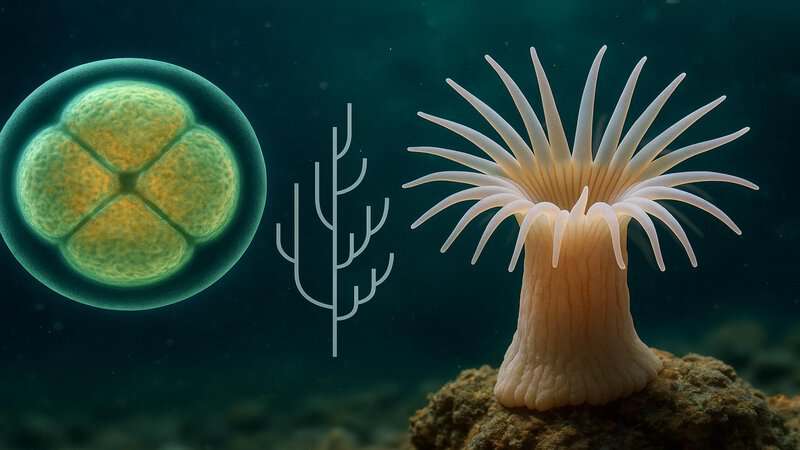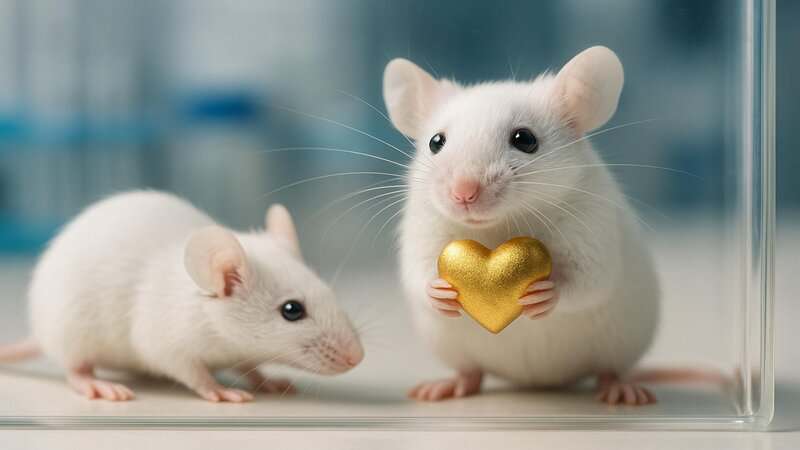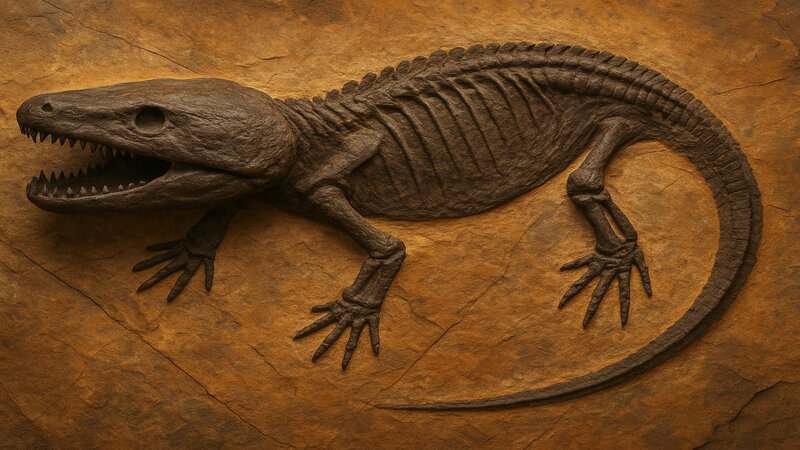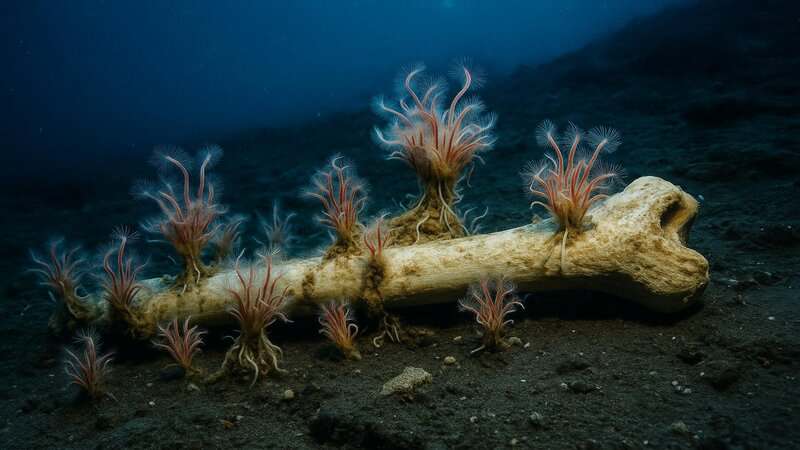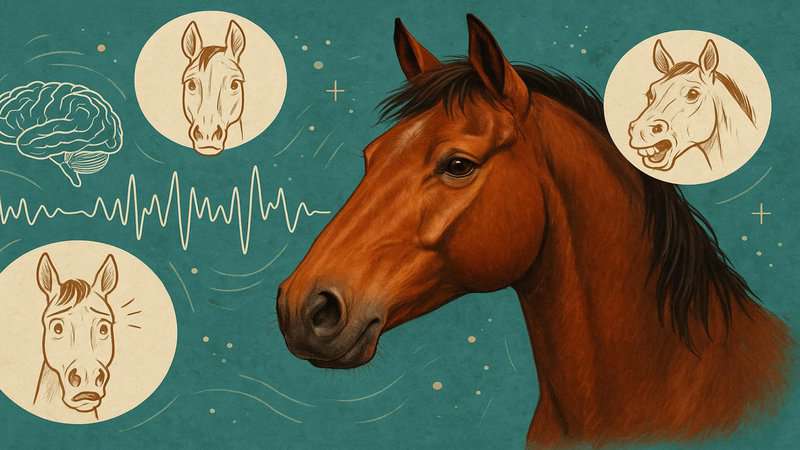Happiness is more than a fleeting emotion—it’s a complex experience rooted in the intricate workings of our brains. Neuroscience reveals that feelings of joy, contentment, and pleasure arise from specific chemical reactions and neural pathways. Understanding this connection allows us to look beyond simple explanations and explore how our brains truly influence what makes us…
Kategorie-Archive: sciencesensei
Do you know what drives you out of bed each morning? A growing body of research shows that having a clear sense of purpose isn’t just motivating—it can dramatically improve your health and longevity. Studies reveal that people with a strong life purpose experience lower rates of depression, anxiety, and even chronic illness. In fact,…
Body symmetry is a cornerstone of animal evolution, shaping everything from human faces to the structure of insects and sea creatures. For decades, scientists have sought to understand the molecular origins of this fundamental trait. Now, a groundbreaking study has uncovered ancient genetic mechanisms responsible for body symmetry in sea anemones, pushing the evolutionary timeline…
Recent advances in animal behavior science are turning long-held assumptions upside down. Surprising new evidence shows that mice—often dismissed as simple, instinct-driven creatures—can display remarkable acts of kindness toward each other. These rodent “Good Samaritans” have been observed helping their peers escape from distressing situations, sparking curiosity and debate among scientists. Such findings challenge the…
A remarkable chapter in prehistoric life has been unveiled with the discovery of Dynamognathus, a massive extinct salamander species unearthed in Tennessee. This ancient amphibian, notable for its imposing size and distinctive vice-like jaws, offers an extraordinary glimpse into the ecosystems of millions of years ago. The fossil’s unique features not only set it apart…
In an exciting breakthrough, scientists have discovered a unique sugar in sea cucumbers that can block the activity of Sulf-2—a key enzyme linked to cancer spread. This finding, resulting from collaborative research by the University of Mississippi and Georgetown University, offers fresh hope for new cancer therapies. By interfering with Sulf-2, this sugar may prevent…
Have you ever wondered how two siblings, raised under the same roof, can turn out so strikingly different? It’s a common puzzle for parents and families everywhere. While genetics and shared environments play a role, siblings often develop contrasting personalities, interests, and even core values. This intriguing phenomenon has inspired decades of research spanning genetics,…
Deep beneath the waves, a bizarre and fascinating creature has quietly shaped ocean ecosystems for over 100 million years. Bone-eating worms, scientifically known as Osedax, were first discovered in the early 2000s, astonishing scientists with their unusual diet and evolutionary longevity. These worms play a crucial role in recycling nutrients by breaking down the bones…
For centuries, horses have captivated humans with their beauty, intelligence, and seemingly mysterious ways of communicating. Now, a team of scientists is breaking new ground by decoding the subtle facial expressions of horses, revealing a complex emotional world previously hidden from human understanding. By interpreting the minute movements in equine faces, researchers are providing fresh…
Space is unimaginably vast, stretching beyond anything most humans can easily comprehend. Scientists estimate that the observable universe is about 93 billion light-years across—an expanse so immense that even light, traveling at 299,792 kilometers per second, would need billions of years just to cross it. This sheer scale makes even our solar system seem almost…



